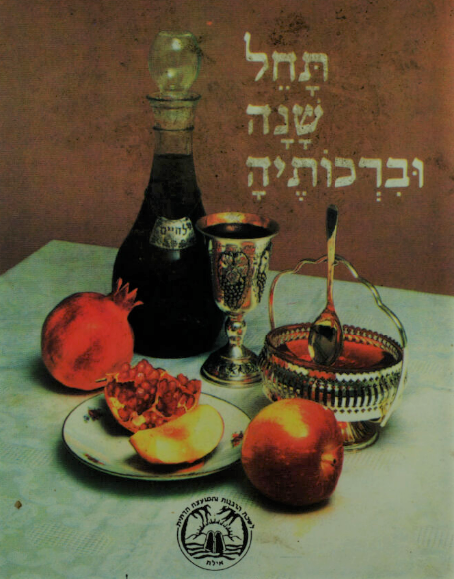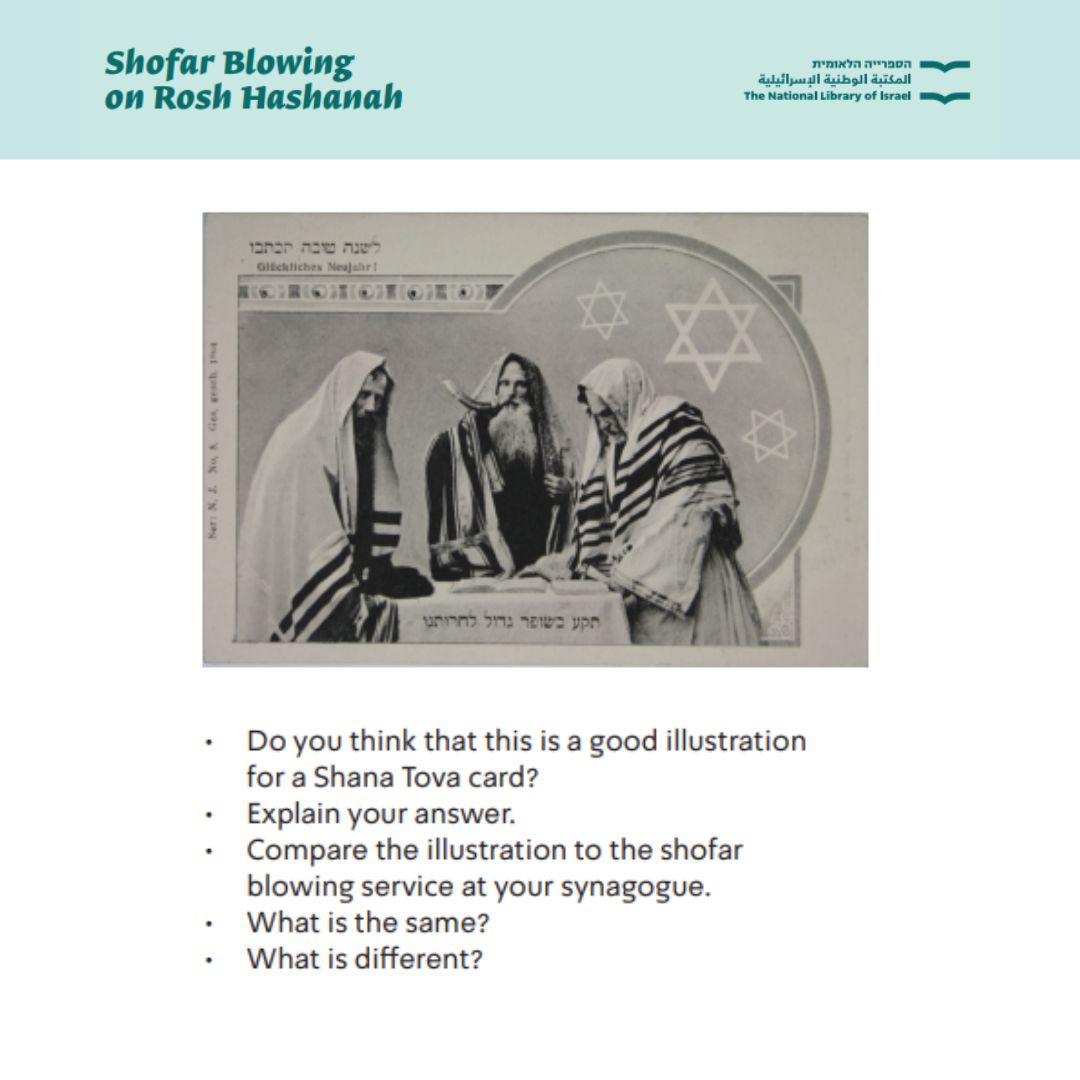Group Activity
Analyzing Primary Sources
In pairs or small groups, the students do two activities:
1. Analyzing Shavuot Resources
Students analyze resources depicting Shavuot customs, using the online source sheet and answer the questions in their notebooks.
2. Reading Memories of Shavuot Customs
Students read oral histories of Jews who lived in Europe in the twentieth century and recalled their family celebrations of Shavuot, using the online source sheet or the printed version. For each interview, students highlight the relevant texts using the colors designating each different custom.
Discussion Questions
- What new customs did you learn about?
- Did you learn any new explanations for a custom?
- Many types of dairy foods were mentioned in the oral histories. Do you eat any of these foods on Shavuot? What does your family traditionally eat on Shavuot?
Creative Activity
- Interview an older relative or friend to learn how Shavuot was celebrated when they were young.
- How is Shavuot celebrated in your community?
Create an infographic or a poster explaining the customs.
Suggested websites: Canva or Venngage.
- Write a journal entry about celebrating Shavuot.
The entry can describe real or imagined Shavuot celebrations.









.png)











.png)





.png)

.png)
.png)





.png)

.png)





.png)

.webp)







.png)